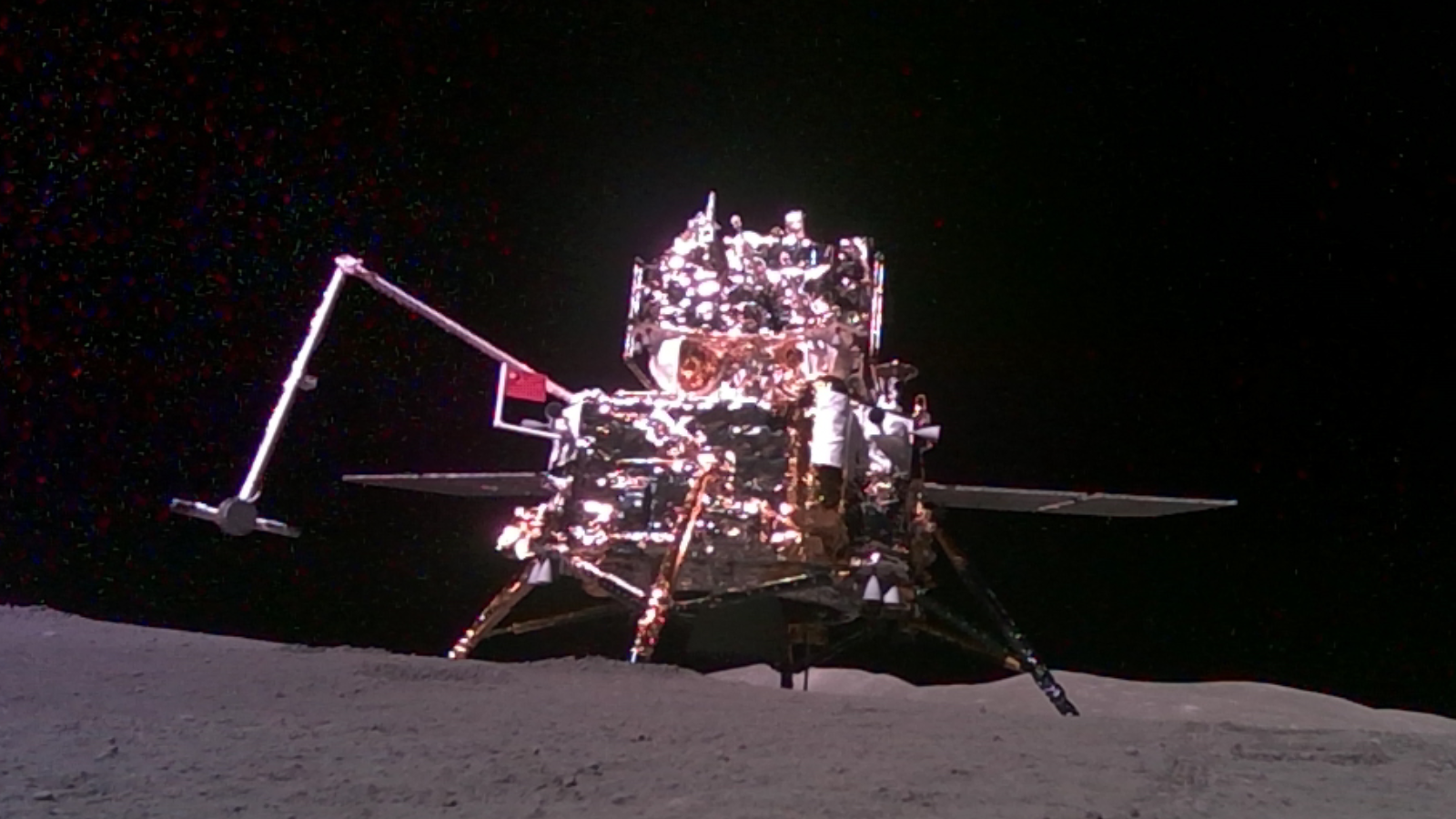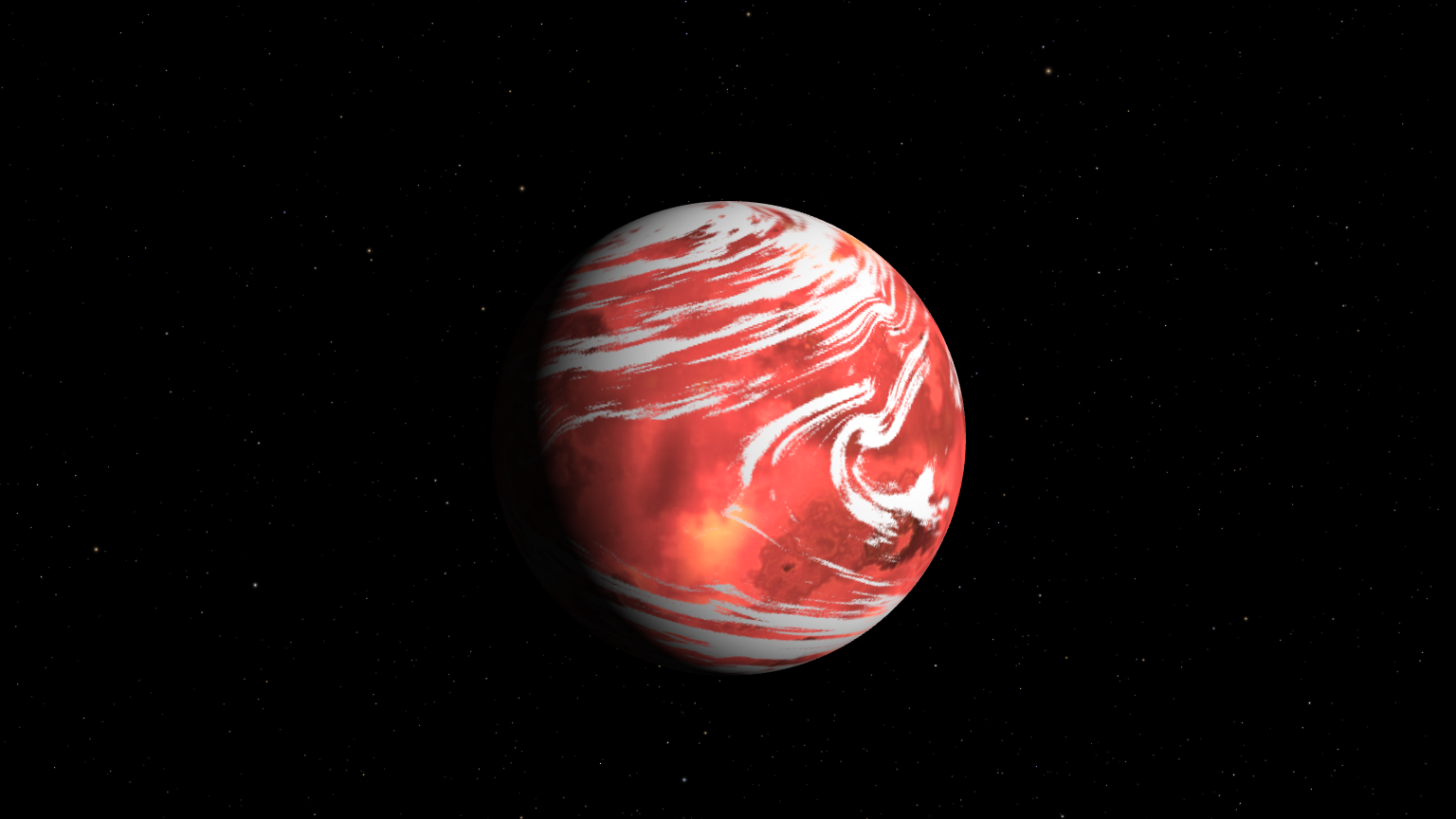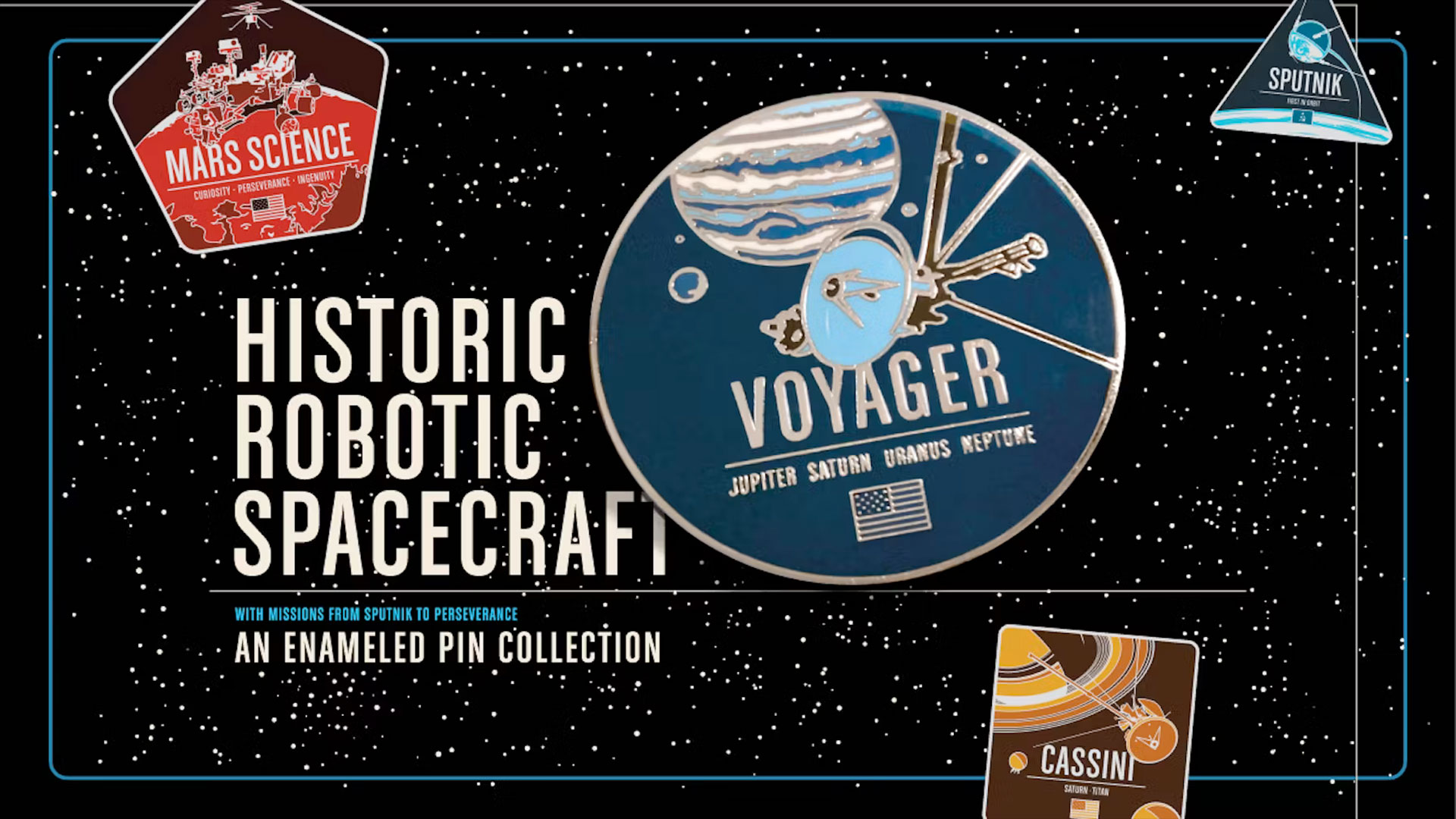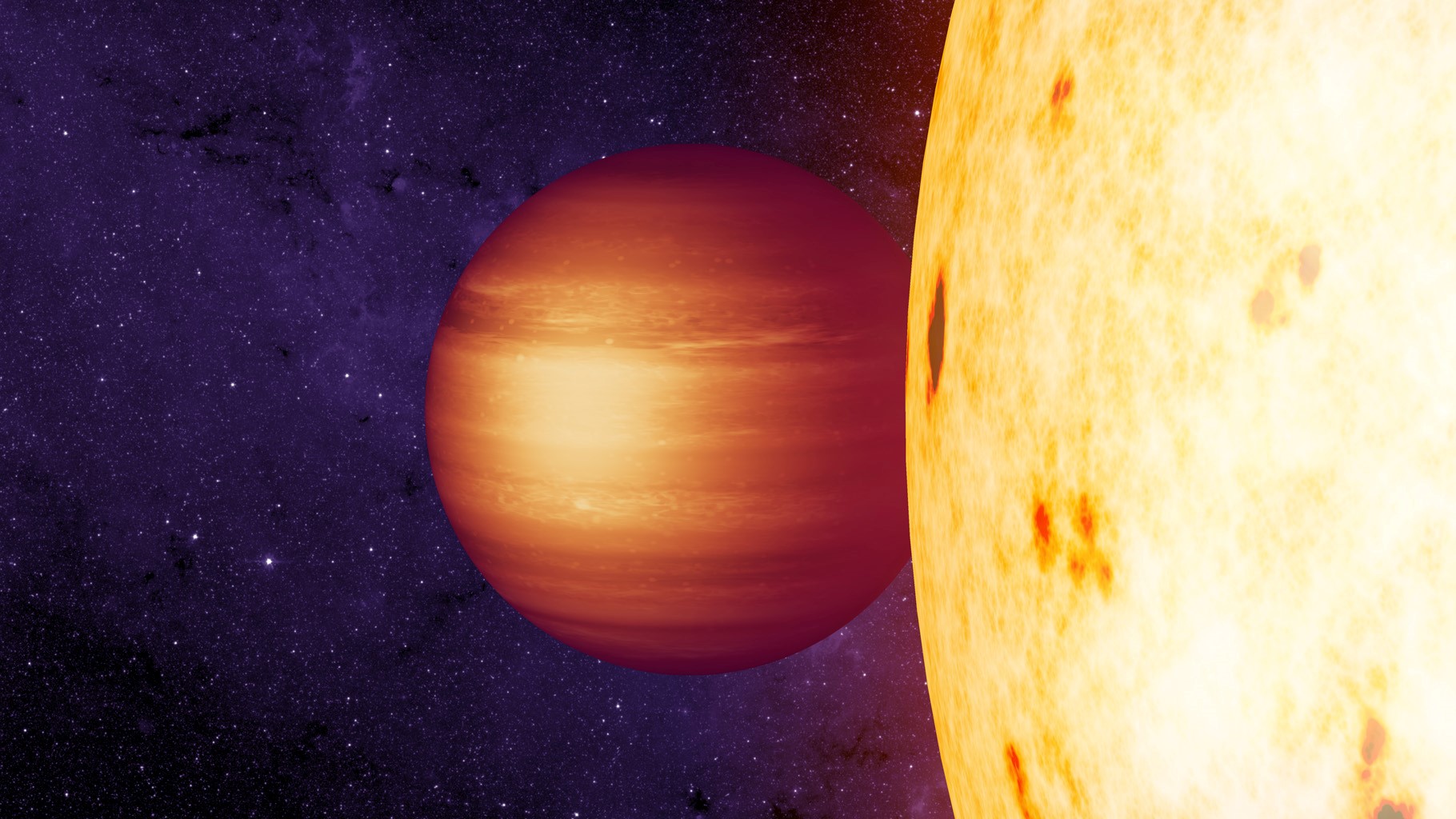Glimpse of Distant Universe Could Unravel Dark Energy Secrets
A new radio telescope technique has allowed astronomers toglimpse distant reaches of the universe and could help answer some fundamental cosmicriddles, such as whether mysterious things like dark energy really exist.
Dark energy is believed to constitute nearly three-fourthsof the mass and energy of the universe. It is also thought to be responsiblefor the speeding up of the universe's expansion. Yet scientists still aren'tsure darkenergy even exists.
That could change someday if astronomers are able to gatherenough data from the distant parts of the universe and precisely measurelarge-scale cosmic structures.
The new technique allowed astronomers to observe radio lightfrom hydrogen gas dating from when the universe was about half its current age.This was the farthest scientists have ever observed such gas.
This signal originates from thematter-energy soup of the extremely earlyuniverse. These radio waves could have left detectable effects on thelarge-scale distribution of galaxies, scientists think.
Deep universe up close
The new technique allows astronomers to measure suchimprints by observing the radio emission of hydrogen gas. The method, calledintensity mapping, could eventually reveal how such large-scale structure haschanged over the last few billion years, giving insight into which theoryof dark energy is the most accurate.
Get the Space.com Newsletter
Breaking space news, the latest updates on rocket launches, skywatching events and more!
"Our project mapped hydrogen gas to greater cosmicdistances than ever before, and shows that the techniques we developed can beused to map huge volumes of the Universe in three dimensions and to test thecompeting theories of dark energy," said Tzu-Ching Chang, of the AcademiaSinica in Taiwan and the University of Toronto.
The researchers used the National Science Foundation?s giantRobert C. Byrd Green Bank Telescope (GBT) in Green Bank, W. Va. They aimed theobservatory at a region of sky that previously had been surveyed in detail invisible light by the Keck II telescope in Hawaii. This visible light? surveyused spectroscopy to map the locations of thousands of galaxies in threedimensions.
With the GBT, instead of looking for hydrogen gas in theseindividual, distant galaxies ? a daunting challenge beyond the technical capabilitiesof current instruments ? the team used their intensity mapping technique toaccumulate the radio waves emitted by the hydrogen gas in large volumes of spaceincluding many galaxies.
"Since the early part of the 20th century, astronomershave traced the expansionof the universe by observing galaxies," said co-researcher JeffreyPeterson of Carnegie Mellon University in Pittsburgh, Pa. "Our newtechnique allows us to skip the galaxy-detection step and gather radioemissions from a thousand galaxies at a time, as well as all the dimly-glowingmaterial between them."
Filtering out interference
The astronomers also developed new processes to remove bothmanmade radio interference and radio emission caused by more-nearbyastronomical sources, leaving only the extremely faint radio waves coming fromthe very distant hydrogen gas.
"These observations detected more hydrogen gas than allthe previously-detected hydrogen in the Universe, and at distances ten timesfarther than any radio wave-emitting hydrogen seen before," saidco-researcher Ue-Li Pen of the University of Toronto.
The team first proposed their intensity-mapping technique in2008, and their GBT observations were the first test of the idea.
"This is a demonstration of an important technique thathas great promise for future studies of the evolution of large-scale structurein the Universe," said National Radio Astronomy Observatory chief scientistChris Carilli, who was not part of the research team.
The new technique is detailed in the July 22 issue of thejournal Nature.
- What Is Dark Energy?
- The Big Bang: Solid Theory, But Mysteries Remain
- Top 10 Strange Things in Space
Join our Space Forums to keep talking space on the latest missions, night sky and more! And if you have a news tip, correction or comment, let us know at: community@space.com.

Space.com is the premier source of space exploration, innovation and astronomy news, chronicling (and celebrating) humanity's ongoing expansion across the final frontier. Originally founded in 1999, Space.com is, and always has been, the passion of writers and editors who are space fans and also trained journalists. Our current news team consists of Editor-in-Chief Tariq Malik; Editor Hanneke Weitering, Senior Space Writer Mike Wall; Senior Writer Meghan Bartels; Senior Writer Chelsea Gohd, Senior Writer Tereza Pultarova and Staff Writer Alexander Cox, focusing on e-commerce. Senior Producer Steve Spaleta oversees our space videos, with Diana Whitcroft as our Social Media Editor.









